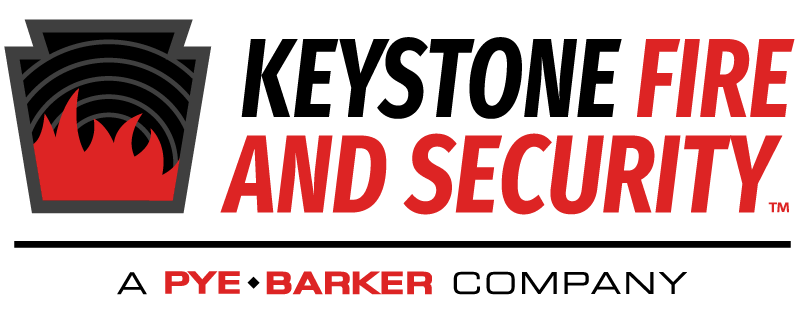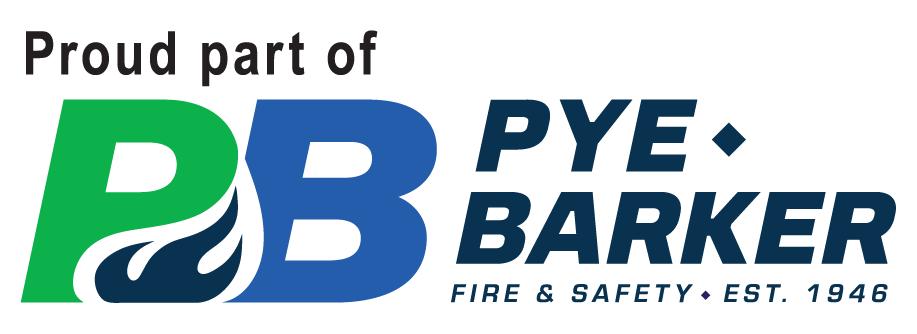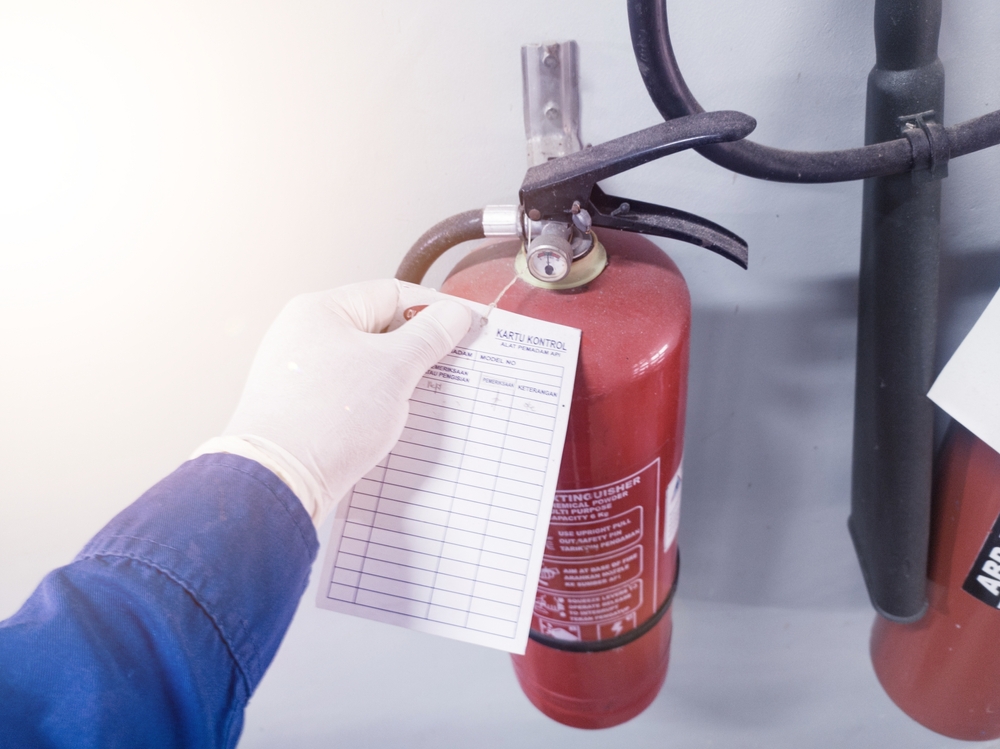How many years is a fire extinguisher good for? It’s a common question when checking home safety. We find that extinguisher tucked away and wonder about its effectiveness. Understanding the answer can stop a little fire from escalating into a tragedy. If you’re in Allentown, PA, and need top-notch security, our access control specialists can provide you with the best solutions.
Understanding Fire Extinguisher Lifespan
With proper maintenance, most fire extinguishers last 10–12 years. However, factors like extinguisher type and servicing impact this. Regular inspections are vital for extinguisher longevity and preparedness.
Disposable vs. Rechargeable Extinguishers
Disposable fire extinguishers are less expensive but must be replaced after a single use or when they run out of life, which is common for 12 years. Rechargeable extinguishers are initially more costly, but they can be used long if properly maintained.
They can be recharged after use, potentially lasting decades. However, even if rechargeable, CO2, water, and wet chemical extinguishers require full replacement every 12 years.
The Importance of Regular Inspections
Monthly visual inspections are crucial. Check for dents, leaks, rust, and pressure gauge damage. These examinations not only extend life expectancy but also import safety practices.
Sadly, many homeowners skip these essential monthly checks. This practice aligns with OSHA recommendations for extinguisher inspections.
Warning Signs: When to Replace Sooner
Certain issues warrant early replacement or servicing. Physical symptoms, such as corrosion and a low-pressure gauge, indicate it is time to replace an extinguisher. Get professional help now if you see any of these visible signs.
Types of Fire Extinguishers and Maintenance Schedules
Different extinguishers have varying maintenance needs. Dry chemical fire extinguishers are universal, powerful, and require periodic care.
Dry Chemical Extinguishers
These extinguishers handle Class A, B, and C fires. The dry chemical powder within can get packed; maintenance is necessary periodically. Professional servicing addresses this and ensures the fire extinguishers are kept in good condition. Be sure the safety pin is also fully functional.
Water and Foam Extinguishers
These extinguishers effectively tackle Class A fires. They are low-maintenance but must be protected from freezing temperatures. If you live in a cold climate, you should examine your water extinguishers for cold-temperature concerns and any visible issues.
CO2 Extinguishers
CO2 extinguishers are the best choice for flammable liquid and electrical fires without residue. Yet, they may need to be monitored, as CO2 could leak. A missing or partially charged CO2 extinguisher cannot successfully extinguish a fire.
Understanding Hydrostatic Testing and Servicing
Fire extinguishers, like autos, require regular maintenance, which includes hydrostatic testing. This test verifies that the cylinder can safely withstand internal pressure, an important part of fire safety because extinguishers are constantly pressurized.
Professional service is required for safe functioning. Trained technicians refuel extinguishers, clean the components, and ensure they are completely charged and ready for use. They checked the pressure gauge to ensure it was in the green zone, suggesting the extinguisher was working properly. Partnering with a reputable fire prevention business provides piece of mind because they assist in keeping your extinguishers in peak shape. NFPA 10 recommends annual testing and maintenance to ensure equipment operation and readiness when needed.
The Dos and Don’ts of Fire Extinguisher Ownership
Through proper care, the life of the extinguisher can be prolonged, its performance enhanced, and thereby, the chance that the device will be operational when required increased. Having fully operational extinguishers on hand makes a tremendous difference in crises.
Do
- Check the pressure gauge monthly. Ensure it is in the green zone and the tamper seal is unbroken.
- Schedule annual professional maintenance. This helps to ensure extinguishers operate correctly.
- Report on internal checks – particularly for legacy stored-pressure dry chemicals and CO2 extinguishers should be sought.
- Replace fire extinguishers with cues such as visible damage, expired dates, or other alarm signals.
- Inspect the cylinder and label for the expiration date and manufacturer’s instructions. Do not let a fire extinguisher’s expiry date elapse.
- Ensure that foam, powder, and water extinguishers are refilled, refurbished, or replaced when required.
- Learn more about fire extinguisher protection and safety.
Don’t
- Delay servicing based on appearances. Always adhere to the 12-year service interval.
- Attempt DIY repairs for significant damage. Contact a certified technician instead. Never replace if the handle or the unit is grossly damaged.
How many years is a fire extinguisher good for? While the average is 10–12 years, several factors matter. Regular checks and servicing are essential for proper functionality. Regular monthly and annual inspections, as well as annual professional servicing, are critical to safety and compliance.
They ensure your extinguisher is ready when needed. Regular checks are key to building safety and avoiding potential economic losses. This applies to homes, workplaces, RVs, and boats. It is an important mechanism for protecting oneself and others from fire hazards. Contact us today for more information.


